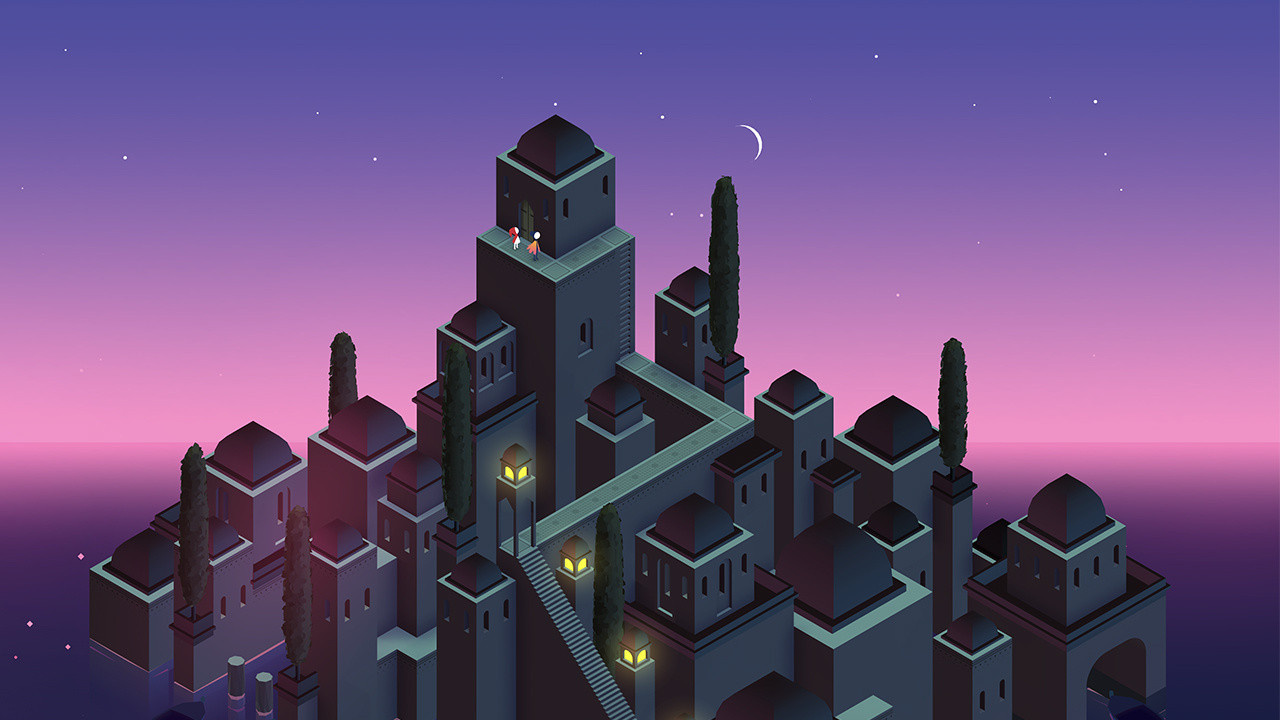In the enchanting world of Monument Valley, the innovative “switch” mechanisms play a crucial role in shaping the game’s surreal, Escher-inspired environments. These mechanisms allow players to engage with the architecture in a unique and dynamic way, fundamentally altering the spatial relationships within the game as they guide the protagonist, Ida (or Noor in the third iteration), through a series of intricate puzzles.
Functionality of Switch Mechanisms
1. Interaction with the Environment:
– Players encounter various interactive elements such as buttons, handles, and switches that trigger significant changes to the layout of the monuments. For example, activating a switch can cause entire sections of the structure to rotate, flip, or realign, thereby changing how different parts of the monument connect to one another. This manipulation introduces new pathways or reveals hidden staircases and doors that can only be accessed after the switch is used.
2. Perspective-Based Puzzles:
– The game’s puzzles heavily rely on optical illusions and perspective manipulation. Switches are often designed so that rotating or toggling a part of the monument transforms the visual perception of the environment. This clever engineering means that players must think creatively and observe carefully to decipher how the newly altered landscape can be traversed. As a result, previously inaccessible areas become available, challenging players to anticipate the consequences of their actions.
3. Experimentation and Mechanics:
– The diverse mechanics associated with these switches require players to experiment with different timings and combinations to solve puzzles. Each switch has its own critical role in restructuring the environment, making trial and error an integral aspect of gameplay. Players must engage with their surroundings to discover how to manipulate the geometry effectively to achieve progress.
Transition to Different Platforms
While Monument Valley was originally designed for touchscreens, the game has since been adapted for platforms like the Nintendo Switch. In these adaptations, the fundamental mechanics of manipulating the environment remain intact. However, the transition to cursor control can change the tactile feel that players experience when interacting with switches. Touch input allows for a more direct and intimate method of experimentation, whereas cursor control may feel less immediate, potentially impacting the level of engagement in puzzle solving.
Conclusion
In summary, the “switch” mechanisms in Monument Valley are essential for advancing through the game’s mesmerizing and complex landscapes. They act as catalysts for change, reshaping the architecture into new, navigable forms while demanding players’ creativity and strategic thinking. Although adaptations for different platforms may alter the interaction experience, the core principle of using these switches to unlock pathways in a world where spatial logic is beautifully distorted remains a hallmark of the game’s design, enhancing the player’s journey through its surreal and captivating environments.






Leave a Reply